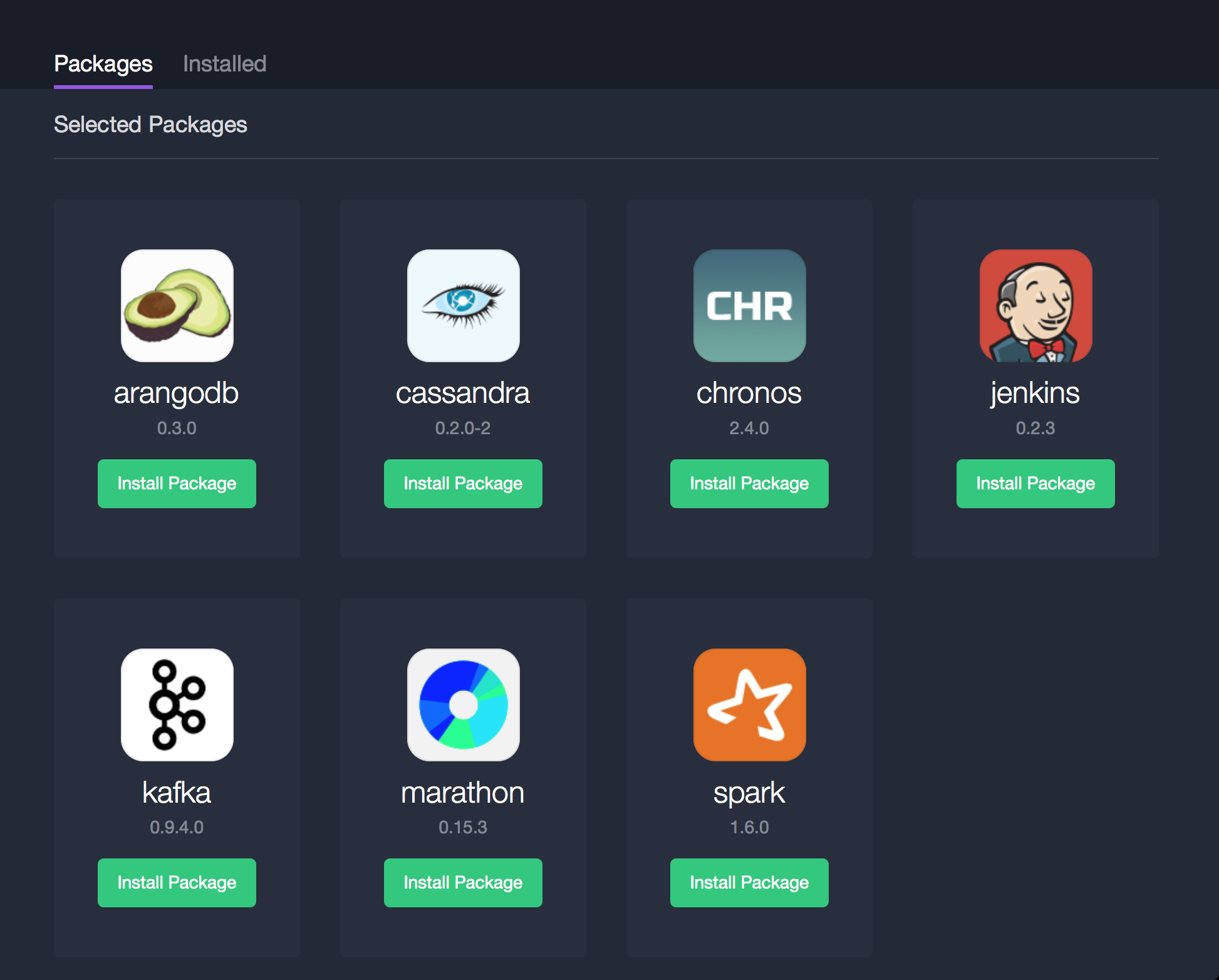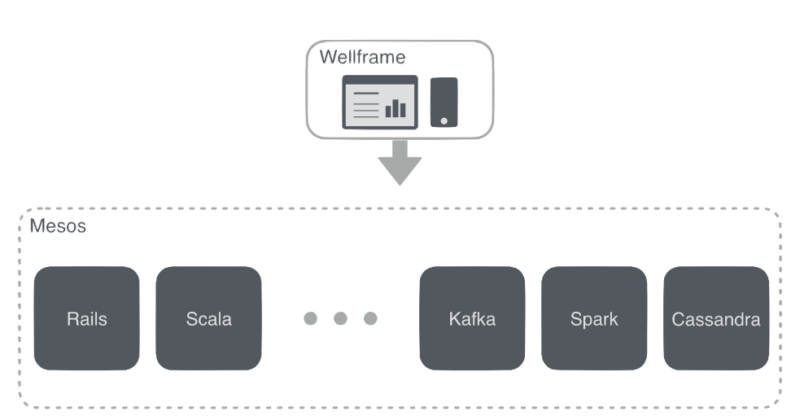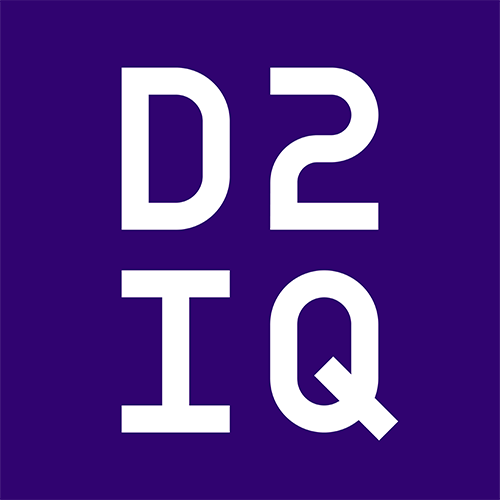From ambitious startups to some of the world's largest enterprises,
DC/OS users are doing some amazing things. Several of them—
Autodesk,
Esri,
Time Warner Cable,
Verizon and
Wellframe—shared their stories recently, and we're going to highlight them here.
If there's a common thread that runs through all DC/OS deployments, and these five specifically, it's efficiency. Among other things, DC/OS makes it dead simple to:
- Start, scale and productionize Docker environments
- Start, scale and productionize big data environments (notably running Spark, Kafka and Cassandra)
- Slash server and cloud footprints, resulting in lower opex
- Standardize the developer experience across cloud and datacenter environments
- Deploy new code, or entirely new applications
- Manage all of this with just a few (or less) operations staff
We're talking about deploying and managing complex systems at large scale, and doing so in a fraction of the time with a fraction of the resources. So rather than just buying resources from cloud providers, for example, DC/OS users are actually operating like cloud providers and taking advantage of the fast pace of innovation that enables.
Autodesk and Time Warner Cable
Mesosphere customers Autodesk and Time Warner Cable, as well as Cisco, presented at MesosCon alongside Mesosphere CEO Florian Leibert to explain the results they've seen with DC/OS:
Autodesk is a remarkable story for a number of reasons, including how it cut its Amazon Web Services footprint by 66 percent, is deploying new builds in under a minute, and is targeting running DC/OS across cloud providers to mitigate lock-in and give developers a standard user experience.
Time Warner Cable is running DC/OS on top of OpenStack in order to give its developers an easy way to build microservices applications on Docker containers, and to easily take advantage of big data technologies such as Apache Kafka and Apache Cassandra. Scheduled for production deployment this month, the company's DC/OS environment will span datacenters on the east and west coasts of the United States.
Esri
Another Mesosphere customer,
Esri, demonstrated its forthcoming ArcGIS service that utilizes DC/OS by way of the Microsoft Azure Container Service. ArcGIS takes advantage of data systems such as Spark Streaming, Kafka and Elasticsearch, as well as the Azure IoT Service, in order to analyze and visualize geospatial data in real time. The demo culminates with an interesting use case, showing off how a geofence could trigger an interaction between connected taxi and connected rider to make sure they don't miss each other, even in a crowded location.
You can get a little more info on what led Esri to DC/OS, and how it helps them scale ArGIS to unprecedented levels, in this interview with Esri's Adam Mollenkopf:
Verizon
Pioneering DC/OS customer Verizon showed off how it's able to analyze streaming data in order to address the Internet of Things. The demo—which is based on an actual application Verizon is currently developing—simulates 110 million connected devices generating 400,000 events per second and hitting datacenters on both U.S. coasts. Like Esri, Verizon uses Spark Streaming and Kafka to handle the data streams, as well as Cassandra on the backend.
Wellframe
And just two months into
launching the project our open source DC/OS project, the platform already has at least one very cool production use case on record: Healthcare startup
Wellframe is using DC/OS to simplify operations for its data-driven personal-care platform consisting of Hadoop, Spark, Cassandra and Kafka. Interestingly, Wellframe had already seen significant operational improvements from Apache Mesos, but was able to step up its pace of innovation by transitioning to the Mesos-based DC/OS platform.
All in all, the company has seen the following results:
- 1.5 months to move full stack to Mesos
- 1 month to migrate to DC/OS
- 67 percent reduction in server instances
- 33 percent cost savings on servers
- 50 percent reduction in operational overhead (engineering time)
[caption id="attachment_5564" align="aligncenter" width="800"]
Source: Wellframe[/caption]
Keep DC/OS growing
Speaking of
open source DC/OS, the really nice thing about these user stories is that these aren't just users of the platform, they're contributing to the DC/OS community. Whether they're Mesosphere customers, open source users and/or open source contributors, everyone's involvement matters. A stronger ecosystem means better DC/OS technology, more services in the Universe marketplace (which installs distributed systems with a single click or command) and more integrations with other popular technologies.
You can learn more about why companies are excited to integrate with and develop services for DC/OS by watching this interview (shot at MesosCon 2016) with early partner NGINX. NGINX is building a secure (encrypted) and high-performance microservices architecture on top of DC/OS, which the company says is enabled by the distributed nature of DC/OS and the types of container operations it supports.











